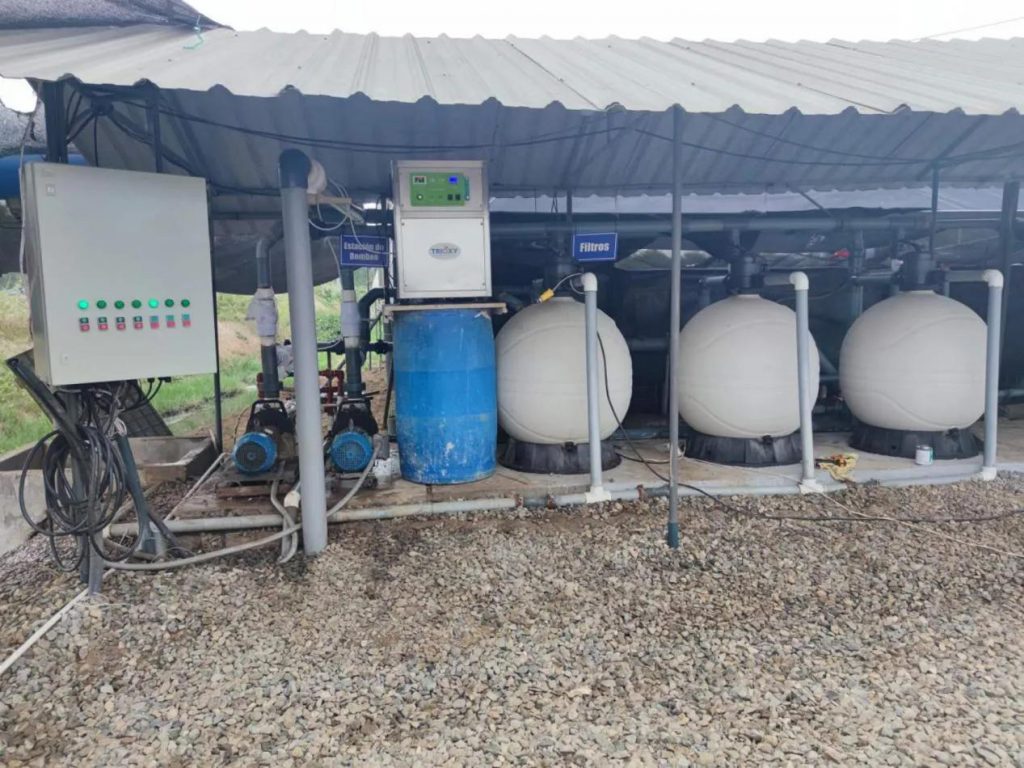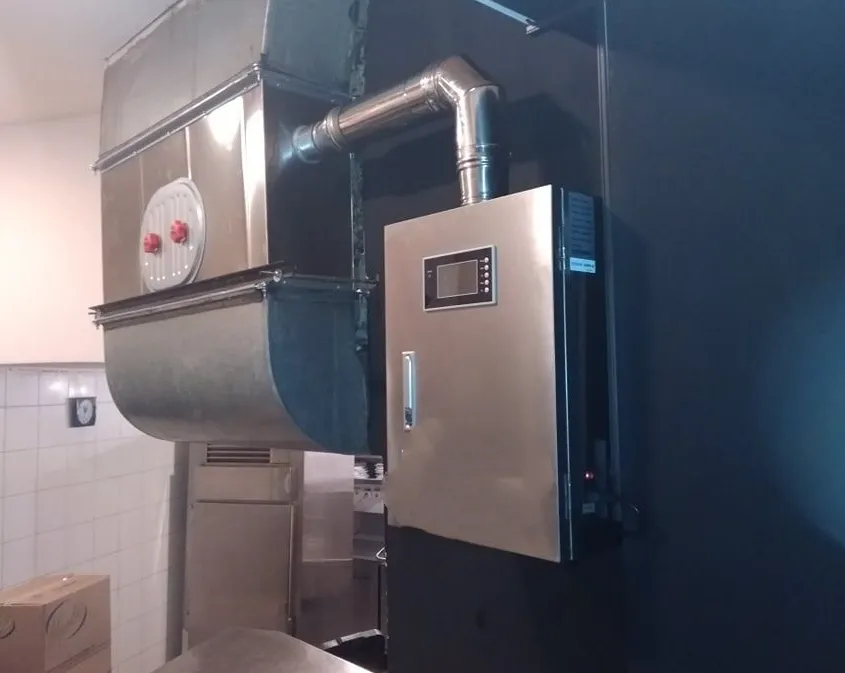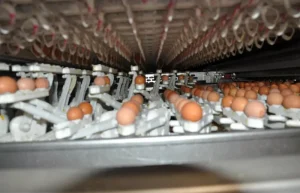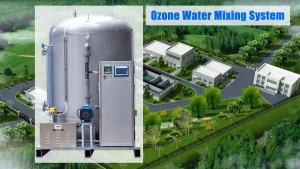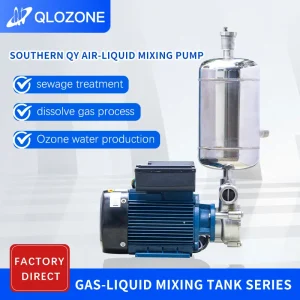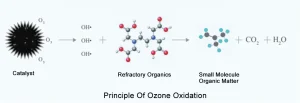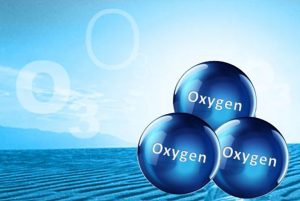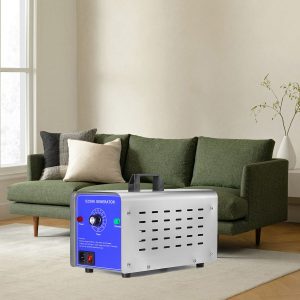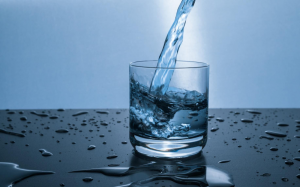Recirculating aquaculture systems (RAS) have potential advantages over pond or cage culture forms. These include flexibility in siting, reduced water usage, reduced effluent volumes, better environmental control and higher yields.
Solids removal methods, such as rotary drum filters and sand filter, can remove coarse settleable and filterable solids, but not fine colloidal solids. Likewise, bacterial nitrification in a biofilter removes dissolved ammonia and nitrite, but not other dissolved waste and viruses. Organic loads increase with production intensity, and bacteria that convert nitrite to nitrate become less efficient, leading to higher nitrite levels. Accumulation of fine colloidal solids, dissolved organic matter, and nitrite in RAS impairs biofilter function and increases biochemical oxygen demand and stress levels in cultured populations. The net effect of this residual organic waste is a less stable and less productive system.
Ozone can be used for the following purposes in water treatment:
1. Removal of fine and colloidal solids
Fine solids and colloidal solids consist of particles of 1-30 micrometers (mm) and 0.001-1 mm, respectively. The small size of the particles allows the solids to remain in suspension and avoid most mechanical separation methods. Accumulation of fine and colloidal solids can impair the nitrification efficiency of biofilters and stress fish populations.
Ozone removes fine colloidal solids by causing solid agglomeration (microflocculation), which facilitates removal by foam fractionation, filtration and sedimentation.
2. Removal of dissolved organic compounds
Dissolved organic compounds or refractory organics give water its characteristic tea-colored speckle. DOC is not biodegradable and will accumulate depending on the amount of feed, water exchange rate and solids removal rate. High concentrations of DOC can stress fish and reduce the nitrification efficiency of biofilters.
3. Ozone removes dissolved organic matter by:
Oxidation to products that are more readily nitrified in biofilters;
Includes settling, which removes waste particles by conventional filtration or settling.
Nitrite builds up as production intensifies and organic loads on biofilters increase. Bacteria that process ammonia to nitrite (Nitrosomonas spp) are more efficient at high organic loads than bacteria that process nitrite to nitrate (Nitrobacter), with a corresponding increase in nitrite levels.
Ozone removes nitrite by:
1)Direct oxidation to nitrate;
2)Reduces organic load, thereby increasing biofiltration efficiency and nitrification.
3)sterilization
High stocking densities and increased nutrient loads in RAS create favorable conditions for fish pathogens to survive. An important step in reducing the risk of RAS disease outbreaks, ozone has high-strength oxidizing properties, which can kill pathogens in water quality and improve the water quality of RAS.

